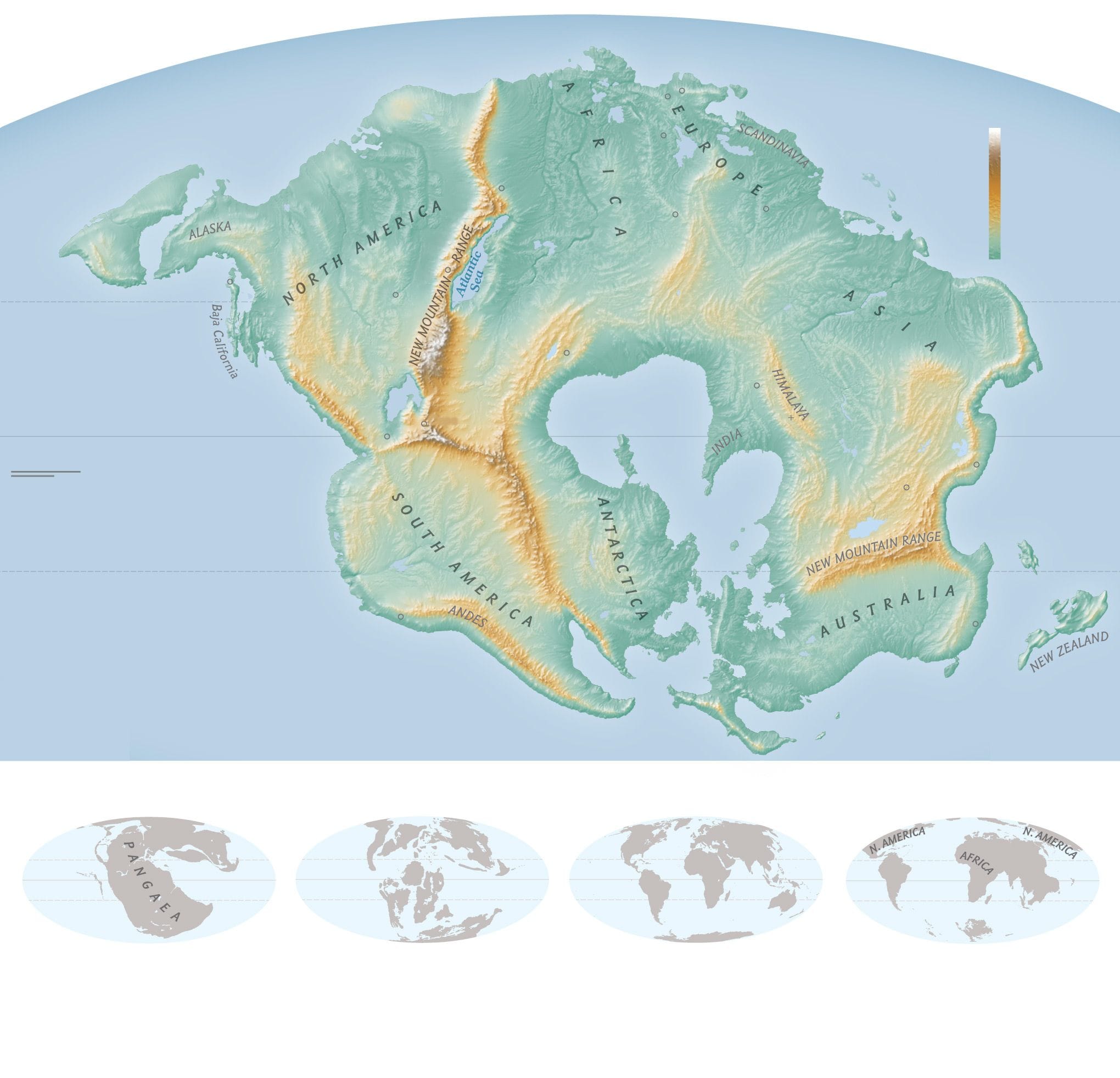NASA’s Voyager 1 and Voyager 2 spacecraft, launched in 1977, have been at the forefront of space exploration for over four decades. These probes have traveled farther from Earth than any other human-made objects, providing invaluable data about our solar system and beyond. However, recent reports indicate that the nuclear power sources that have sustained these remarkable missions are nearing the end of their operational lives.
The Voyager probes are powered by radioisotope thermoelectric generators (RTGs), which convert heat released by the decay of plutonium-238 into electricity. This technology has allowed the spacecraft to operate in the harsh conditions of space, far from the Sun’s rays. However, the plutonium-238 supply is finite, and as the isotopes decay, the power output of the RTGs decreases.
Currently, both Voyager 1 and Voyager 2 are operating on minimal power, with each probe using only a fraction of the energy it once generated. Engineers at NASA are closely monitoring the power levels and have already implemented several measures to conserve energy, including shutting down non-essential instruments and systems. Despite these efforts, the situation is becoming increasingly precarious.
Voyager 1, which is now over 14 billion miles from Earth, is experiencing a decline in power that could lead to the shutdown of scientific instruments as early as 2025. Voyager 2, which is slightly behind its sibling at over 12 billion miles, faces a similar fate. The loss of power could mean the end of data transmission from these historic probes, which have provided groundbreaking insights into the outer planets and the heliosphere.
The legacy of the Voyager missions is profound. They have sent back iconic images of Jupiter, Saturn, Uranus, and Neptune, and have provided critical data about the solar wind and cosmic rays. Both probes carry the Golden Record, a time capsule intended to communicate the story of our world to extraterrestrials. As the power dwindles, the scientific community is grappling with the bittersweet reality of losing these emissaries of humanity.
NASA has not yet announced any plans for future missions that could continue the legacy of the Voyager program. However, the lessons learned from these missions will undoubtedly inform future explorations. As we prepare to bid farewell to the Voyager probes, the scientific community and space enthusiasts alike reflect on their monumental contributions to our understanding of the universe. The end of the Voyager missions will mark a significant milestone in space exploration, leaving behind a rich legacy of discovery and inspiration.
As the power fades, the voices of Voyager will continue to echo in the annals of space exploration, reminding us of the boundless curiosity and ambition that drove humanity to reach for the stars. The final transmissions from these probes will be a poignant reminder of our quest for knowledge and the enduring spirit of exploration that defines us as a species.



